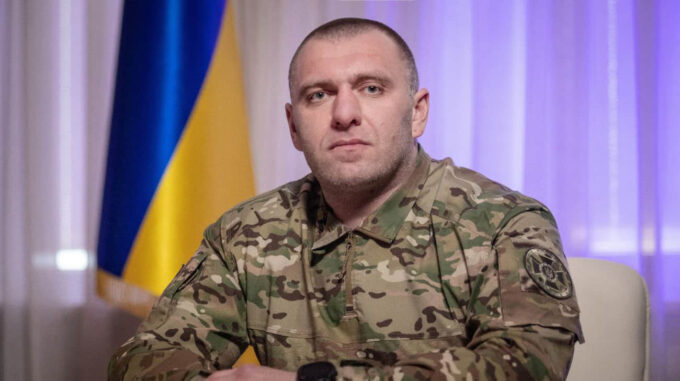Baby summarized the scale of the SBU operation: destruction of Russia’s strategic aircraft at four Russian airfields

The Head of the Security Service of Ukraine, Vasyl Maliuk, presented the official summary of a unique and extremely important special operation carried out by Ukrainian security forces, aimed at weakening Russia's military air power and striking its strategic aviation. This is one of the largest and most complex operations in recent years, which has become a symbolic signal of Ukraine’s intensified efforts in its fight against the aggressor. According to Maliuk, the operation codenamed "Spiderweb" concluded with radical success: approximately 41 Russian strategic aircraft were destroyed, including especially valuable types such as the A-50, Tu-95, Tu-22 M3, and Tu-160. Experts estimate the value of the destroyed aircraft at over seven billion US dollars, effectively delivering a significant blow to the combat potential of the aggressor country and signaling its vulnerability. Discussing the details of the operation, the high-ranking official emphasized that such a large-scale activity required extraordinary coordination and long-term planning. Ukrainian President Volodymyr Zelensky set the goal, and the leadership of the SBU and its team of specialists personally developed a strategy and conducted over a year and a half of meticulous preparation. The operation was conducted simultaneously across three time zones, which added logistical difficulties, but Ukrainian intelligence services managed to handle it. As a result of highly organized actions, military drones that were under preparation were deployed simultaneously at four Russian airfields: "Belyaya," "Dyakilevo," "Olënya," and "Ivanovo." Through special tricks, the drones were hidden under roofs of mobile wooden structures, which were eventually mobile and placed on trucks. When strikes needed to be made, the roofs were remotely opened, igniting missiles aimed at the enemy’s strategic aviation. Maliuk emphasized that all targets were legal and complied with international norms—they concerned military facilities and equipment used for bombing Ukrainian cities. He stressed that this operation is, without a doubt, a real step toward demilitarizing the aggressor country, and its continuation will depend on the situation on the front and Russia’s terrorist actions. "We are destroying military targets and will continue to do so as long as Russia remains armed as a form of terror against Ukraine," said the SBU head. What was earlier? On June 1, Russia experienced a series of strikes that again confirmed Ukrainian special forces’ ability to carry out precise attacks on Russian aviation. According to sources from "Ukrainska Pravda," about forty aircraft were hit during this operation, with a significant portion being strategic bombers. The Russian Ministry of Defense confirmed the strikes, blaming Ukrainian special services, notably citing the use of FPV drones. President Zelensky also highlighted the significance of these public reports, calling the results of this operation "brilliant" and promising they would be remembered as an example of effective Ukrainian intelligence work. The decision received wide international attention, emphasizing Ukraine’s decisive actions in defending its independence. Shortly afterward, the first satellite images appeared confirming the destruction of Russian aircraft at the Belyaya airfield in Irkutsk region. Photos released by GEOINT analysts show the scale of the destruction and reinforce the importance of Ukraine’s operation in the context of contesting the military balance in the east and north of the aggressor’s country. This special operation demonstrates a new level of tactical and strategic mastery by Ukrainian security forces. Its results once again prove that Ukraine is capable of independently controlling the situation and delivering significant strikes to the enemy, forcing Russia to reconsider its military concepts and resources.

